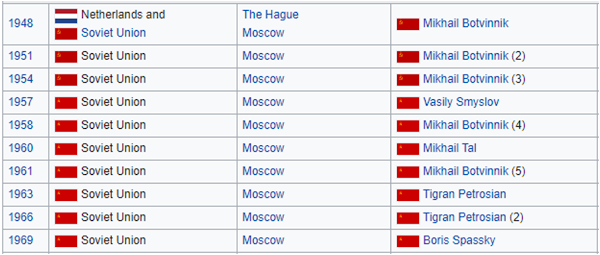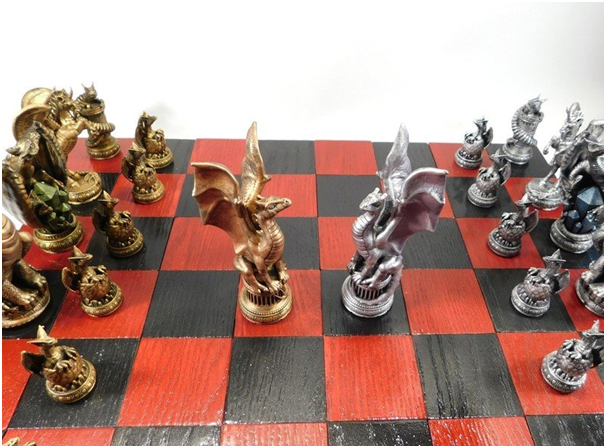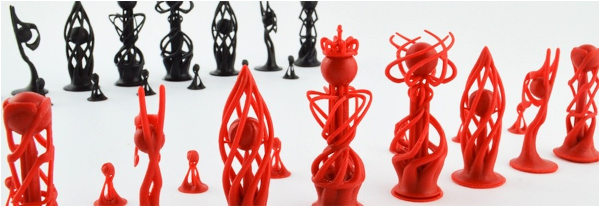
Charles R. Goulding and Peter Favata consider 3D printing as part of a logical gambit.
The hit Netflix Original series The Queen’s Gambit has gained immense popularity in a short amount of time. For those who have not yet binged the show, the story takes place during the mid-1950s into the 1960s and revolves around a chess prodigy who is dealing with multiple drug and alcohol addictions, as well as emotional issues. The popularity of the show has created a rise in the popularity of chess. Whether it’s seasoned players dusting off the old pieces or someone giving the game a shot for the first time, people everywhere are playing more chess.
Early forms of chess date back to sixth century CE India; from here it spread to Persia where it evolved into the recognizable game we play today. The game developed from the Persians, ultimately persisted to medieval Europe where the names for pieces we use today are recognizable such as the “King”. In The Queen’s Gambit, there is an emphasis on attempting to beat the Russians – which was also a theme throughout history in the chess world. Looking back at past champions, the Russians, more specifically the Soviet Union, was a powerhouse in competitive chess. Between the years 1948 and 1999, there was only one time the world champion was not Russian and that was American Bobby Fisher in 1972.

3D Printing Chess Sets
With chess on the rise, more people are going to start buying chess sets. 3D printing allows an efficient and highly customizable option for anyone looking for a new set. Full chess sets can be as inexpensive as ten dollars or it can cost thousands of dollars for sets that look like pieces of art.
3D printing allows the player to not have to settle and instead create beautiful sets for much less than paying for something handcrafted. Some examples of 3D printed chess sets are pictured below.


Manufacturers and technical designers utilizing additive manufacturing may be eligible for R&D Tax Credits.
The Research & Development Tax Credit
Whether it’s used for creating and testing prototypes or for final production, 3D printing is a great indicator that R&D credit-eligible activities are taking place. Companies implementing this technology at any point should consider taking advantage of R&D Tax Credits.
Enacted in 1981, the now permanent Federal Research and Development (R&D) Tax Credit allows a credit that typically ranges from 4%-7% of eligible spending for new and improved products and processes. Qualified research must meet the following four criteria:
- Must be technological in nature
- Must be a component of the taxpayer’s business
- Must represent R&D in the experimental sense and generally includes all such costs related to the development or improvement of a product or process
- Must eliminate uncertainty through a process of experimentation that considers one or more alternatives
Eligible costs include US employee wages, cost of supplies consumed in the R&D process, cost of pre-production testing, US contract research expenses, and certain costs associated with developing a patent.
On December 18, 2015, President Obama signed the PATH Act, making the R&D Tax Credit permanent. Since 2016, the R&D credit can be used to offset Alternative Minimum Tax (AMT) or companies with revenue below $50MM and, startup businesses can obtain up to $250,000 per year in cash rebates that can be applied directly to payroll taxes.
Conclusion
With millions of people around the world playing chess and numbers on the rise, 3D printing has the opportunity to play a major role in the production of pieces and boards. Given lower costs and faster turnaround times, 3D printing could have a checkmate on traditionally manufactured chess sets.
